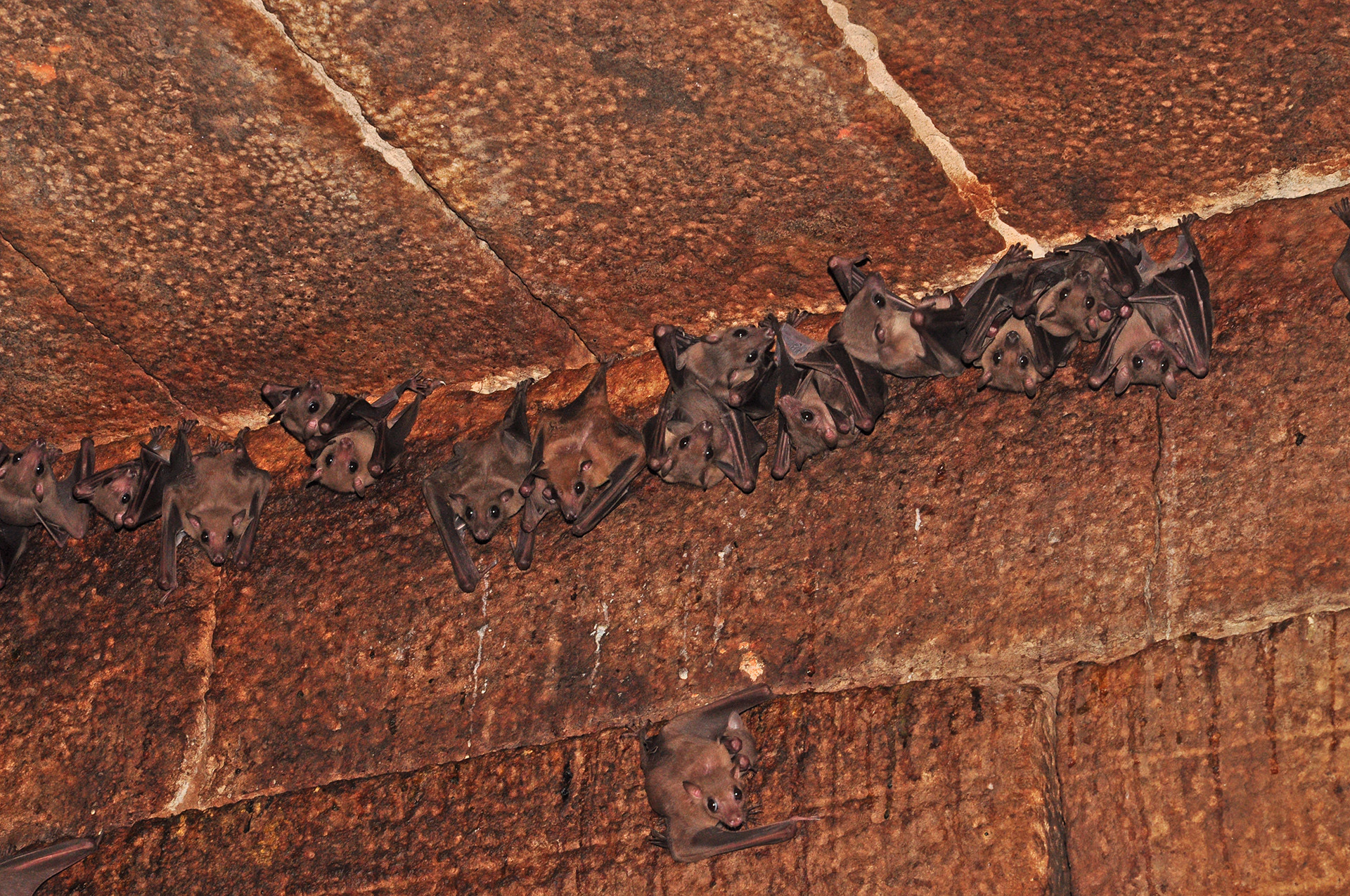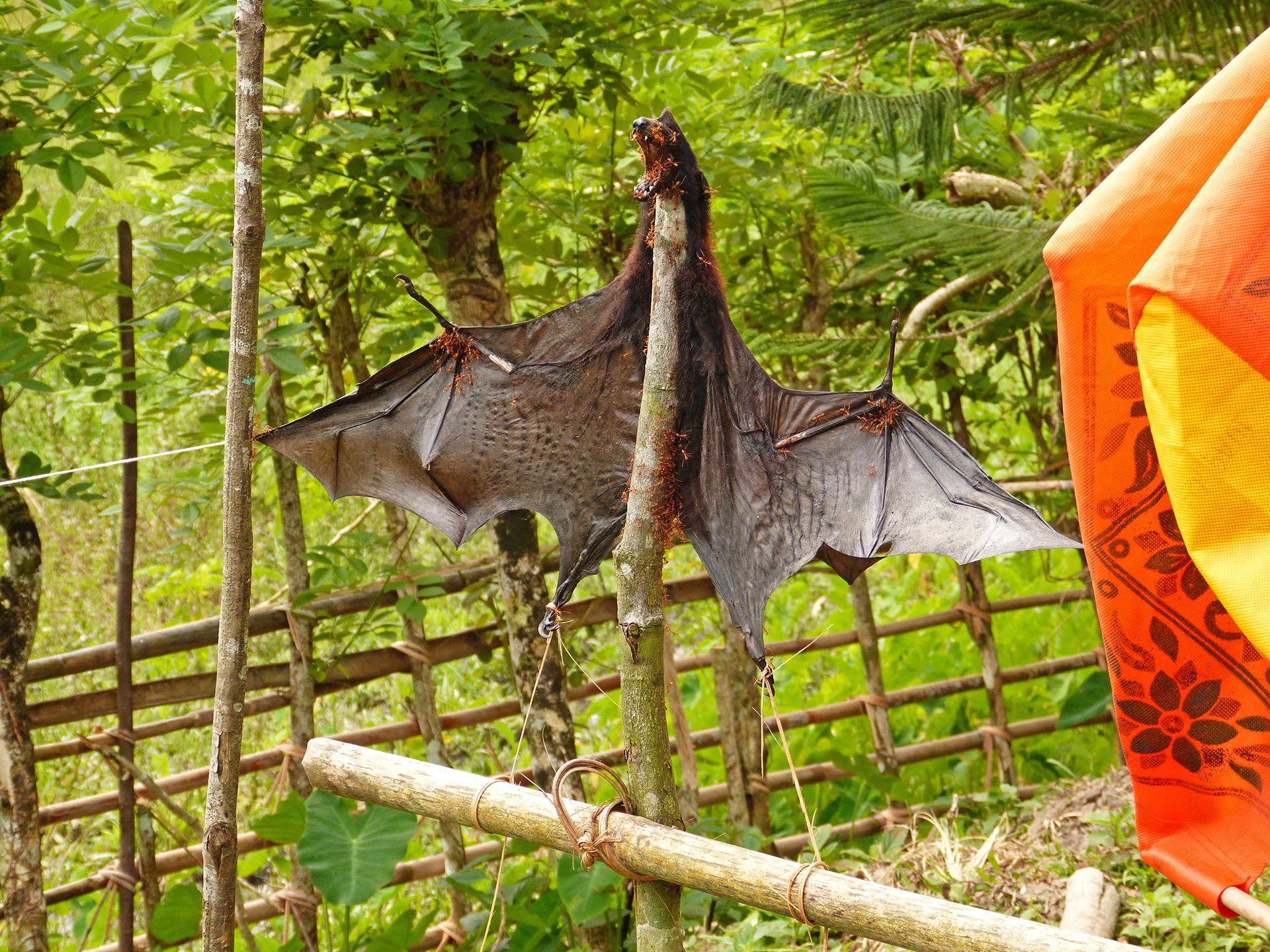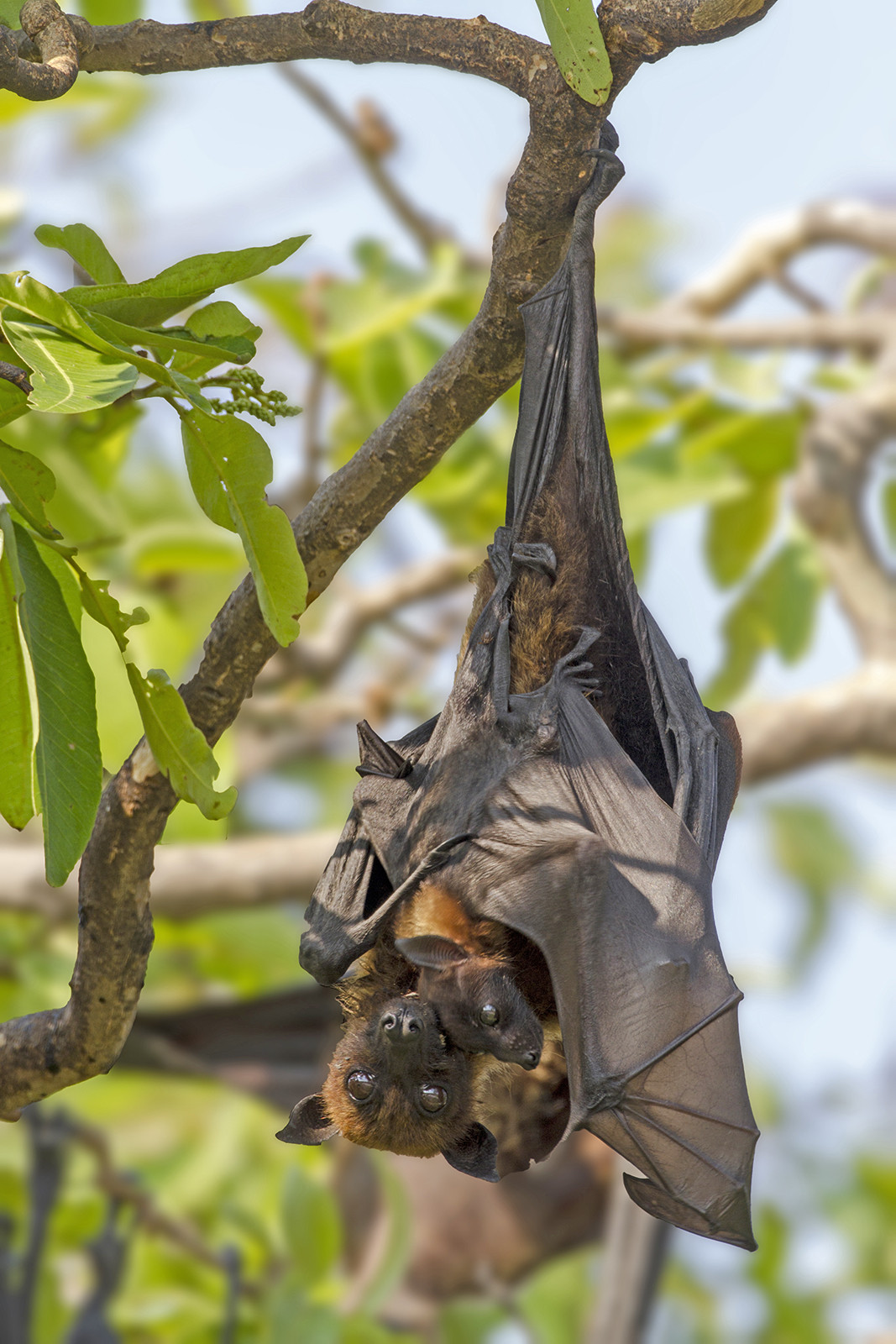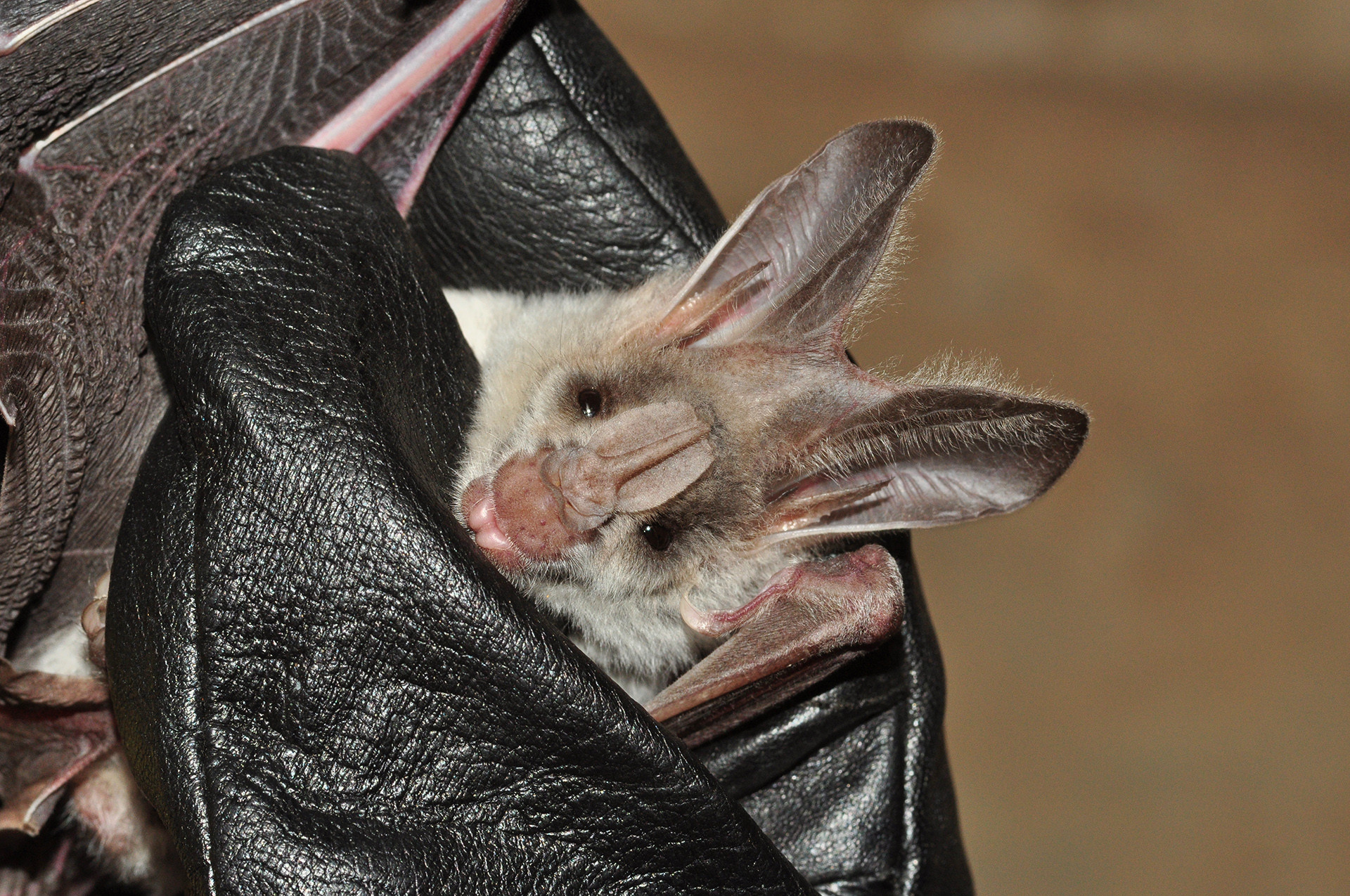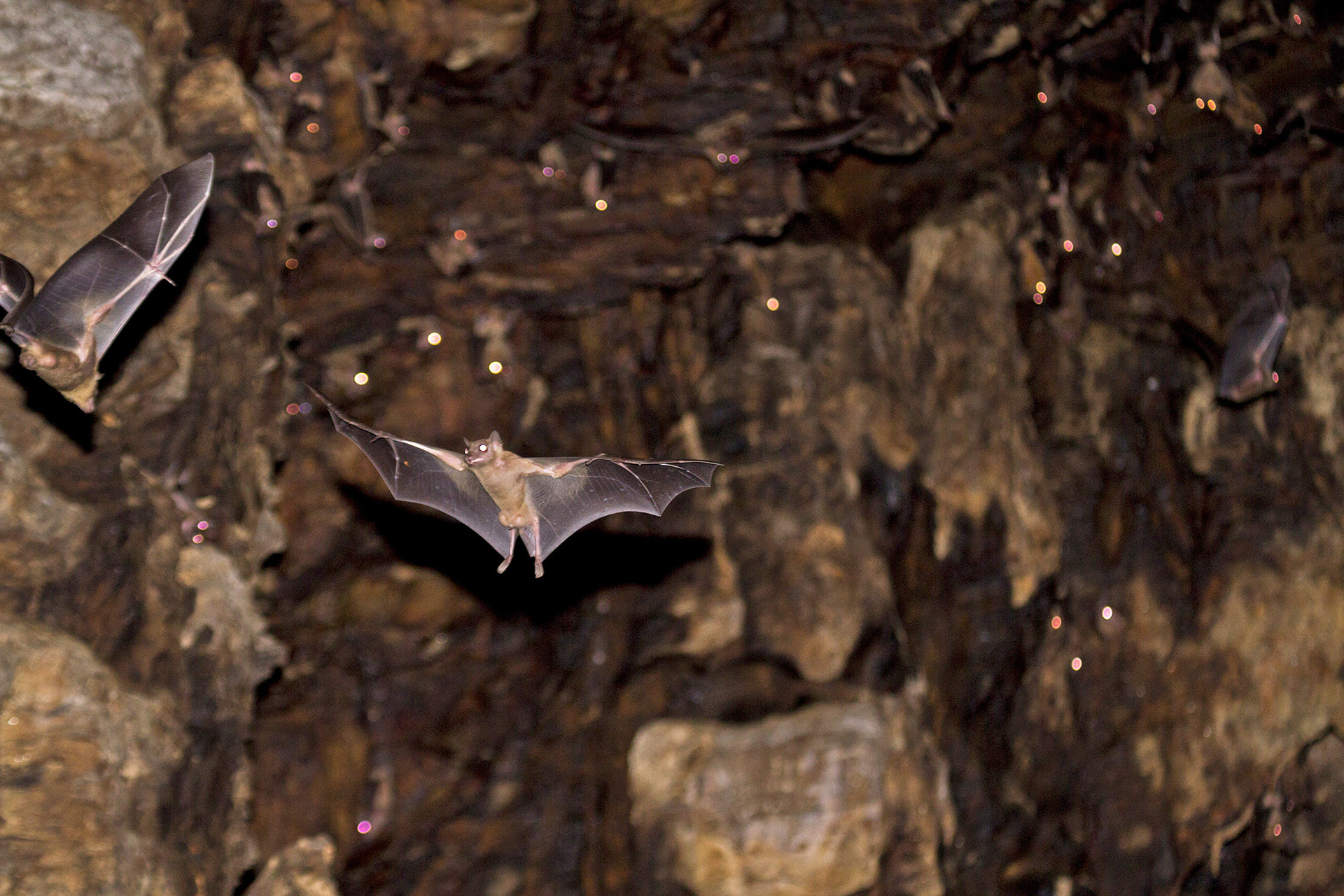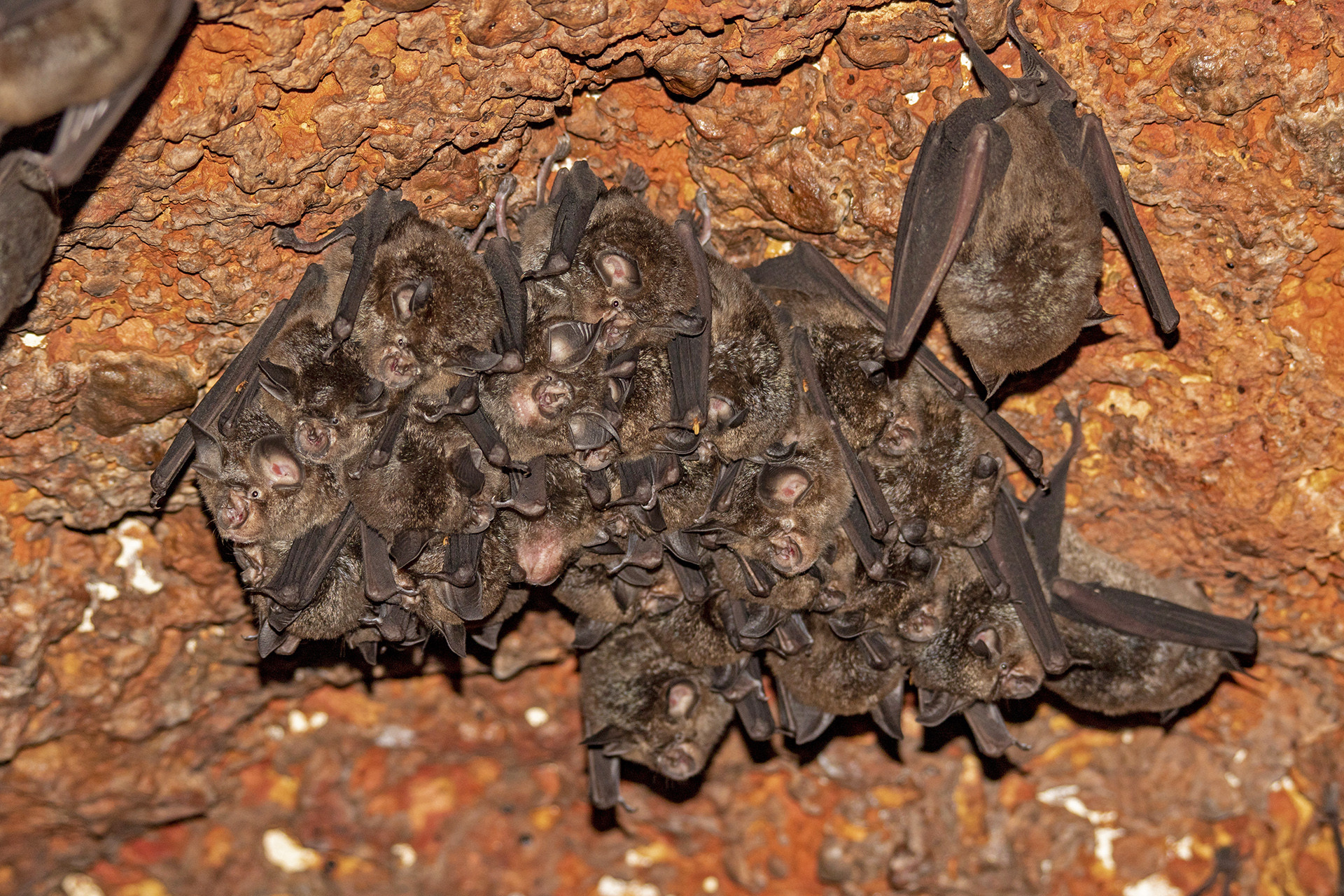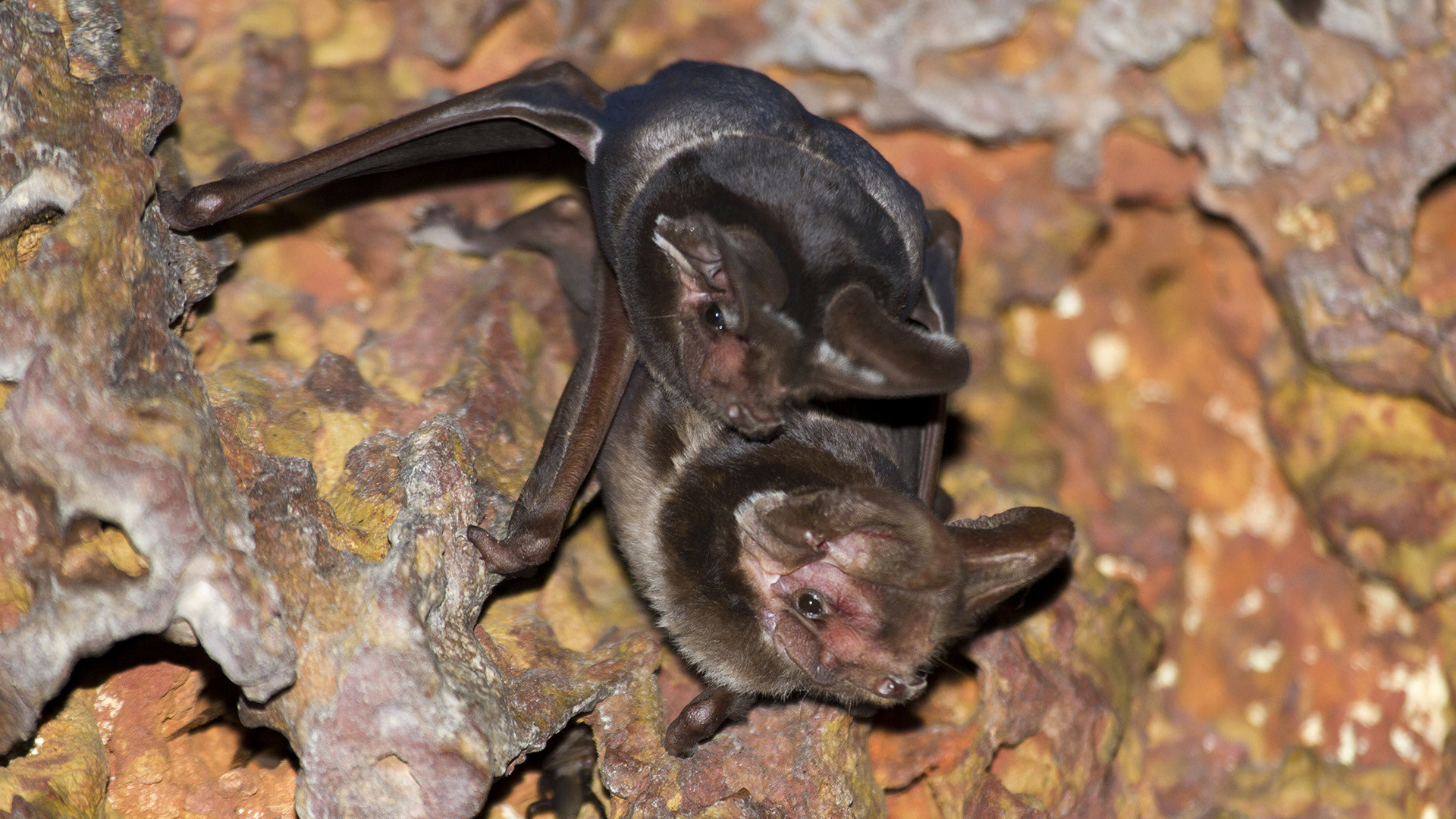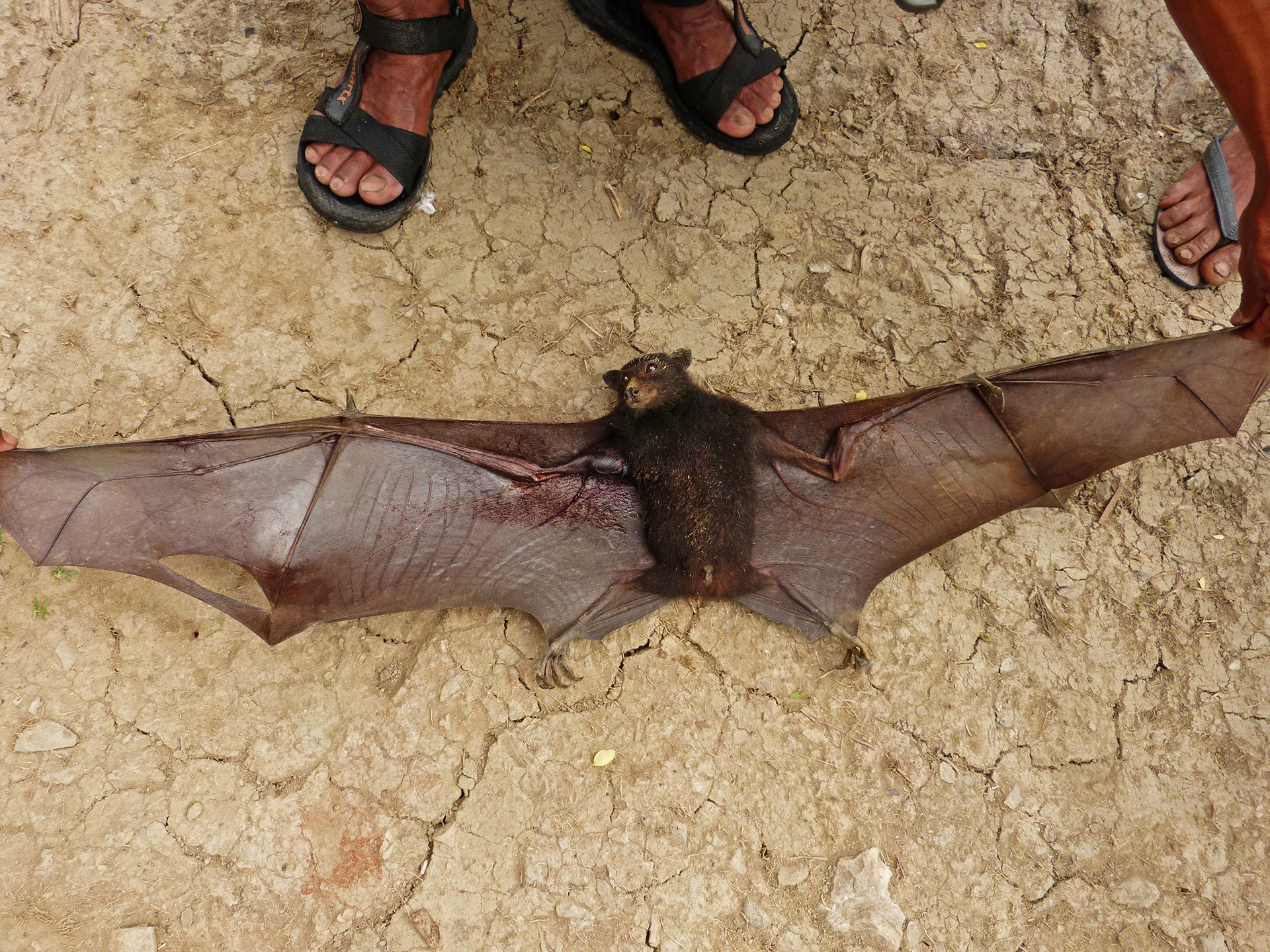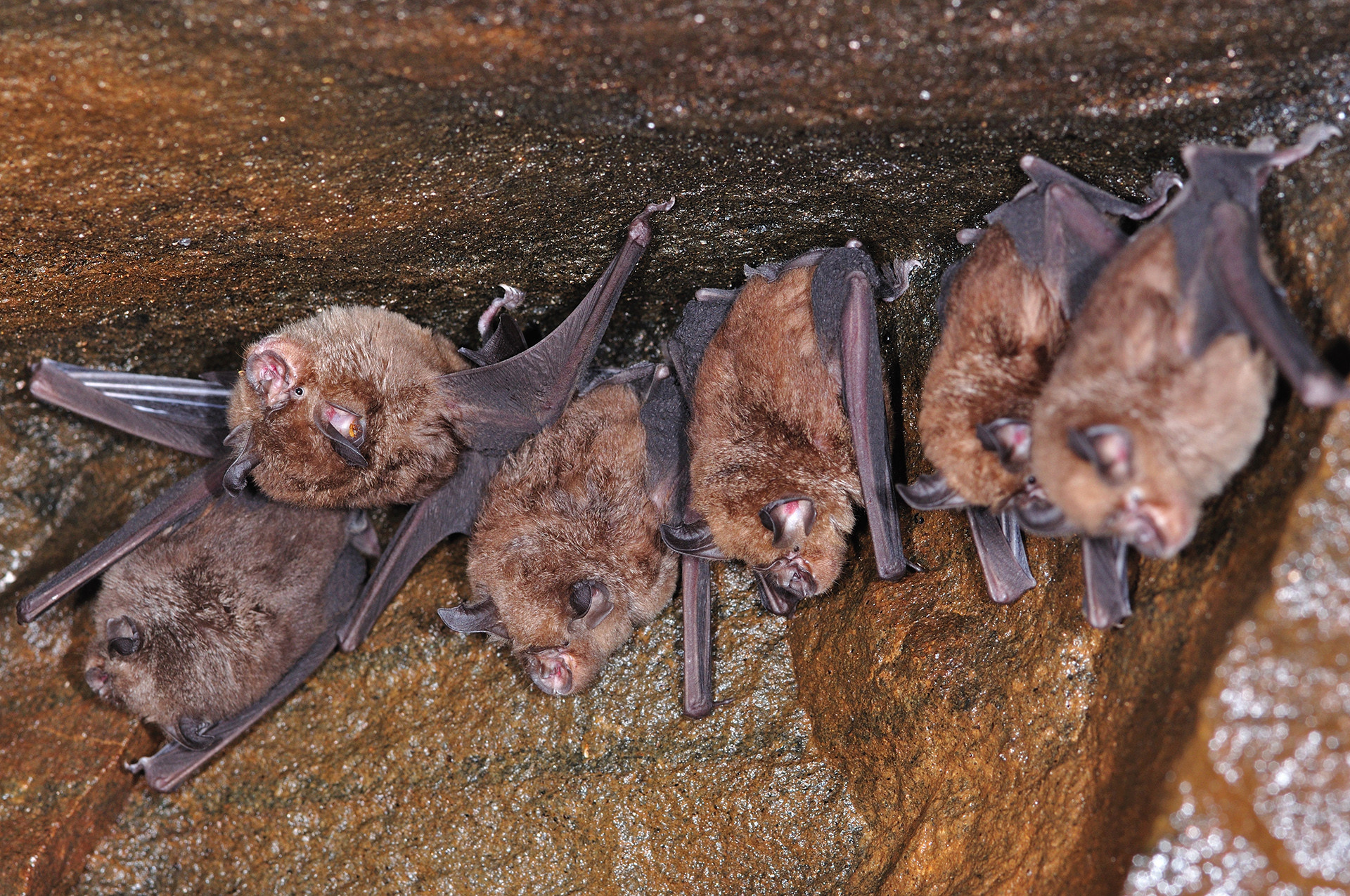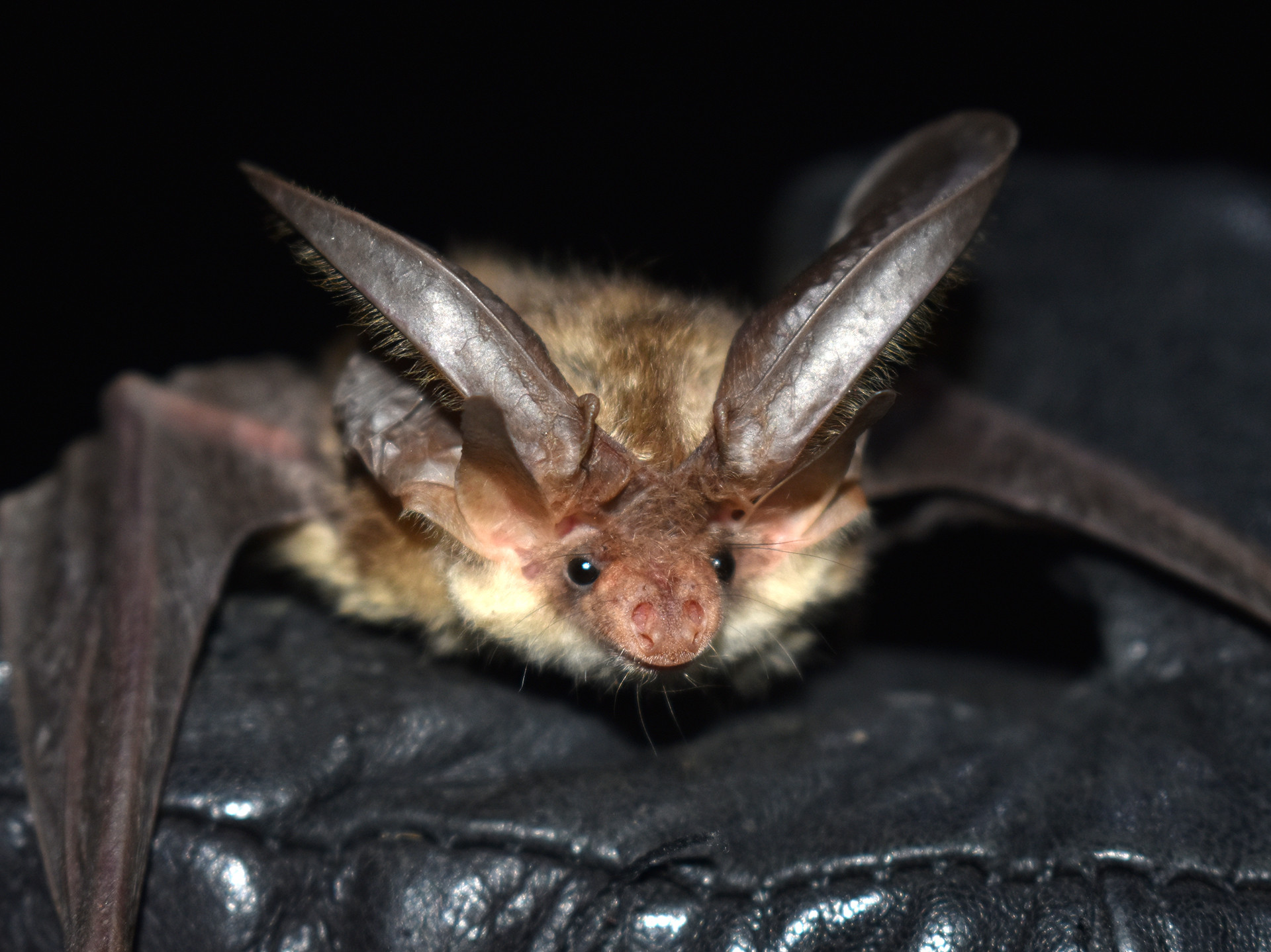Ever since the premature implication of bats as the source of COVID-19, they have received an unprecedented amount of media attention worldwide. People who've never noticed bats before are now caught up in a whirlwind of emotions, curious to know more about them and at the same time, scared and worried about their very existence.
A recent report by the Indian Council of Medical Research (ICMR) on the discovery of bat coronaviruses (BtCoV) in two species of South Asian bats got misconstrued by the national and international media to the extent that a group of 64 chiropterologists (one who studies bats), scientists, and conservationists from six Asian nations released a joint-statement to counter the misinformation and paranoia that was spreading like wildfire.
The amount of press, albeit negative, bats have received in the last few months is unparalleled. For a species which makes up 28 per cent of the mammalian population in the country, they've been grossly disregarded until now.
Now that bats have caught the imagination of the nation, here are some solid facts and truths about these unique mammals to help put that overworked imagination to rest. Seshadri KS, Rohit Chakravarty and Rajesh Puttaswamaiah bust prevalent bat myths and answer all your questions about these flying mammals and their supposed relationship with the coronavirus and other zoonotic diseases.
Seshadri KS
Seshadri is a biologist from Bangalore who has long been fascinated by nature. He is currently a postdoctoral fellow at the Centre for Ecological Sciences, Indian Institute of Science.
What are zoonotic diseases? How do they spread to humans?
Zoonotic diseases are a group of infectious diseases that are of a non-human origin. These diseases are caused by pathogens such as bacteria, viruses, etc when they jump over to humans from other non-human animals. Such diseases are also known as Emerging Infectious Diseases. These diseases can jump to humans either by direct transmission through the air, as in the case of influenza or from saliva like in rabies, or through a vector or intermediary species as in the case of the tick-borne Kyasanur Forest Disease.
The transmission of disease-causing pathogens to humans is an extremely rare event and is called ‘spillover’. Nipah, Ebola, and COVID-19 are examples of spillovers that have affected humans badly. Spillovers emerge in areas with high human populations, where cattle are ranched extensively, wildlife is hunted down for trade, and when natural landscapes are destroyed. In all these instances, humans come into increasing contact with other vertebrates and there is a higher chance for pathogens to jump onto humans.
Should animals be blamed for the spread of zoonotic diseases?
The only animal to be blamed for the spillover of zoonotic diseases is us, humans. In our myopic pursuit of development and comfort, we have forgotten that we cannot exist in isolation. We are dependent on nature in many ways, and yet, we go about destroying the very environment we depend upon. We build roads and railway lines through forests; we expand monoculture plantations into forests; forests continue to be submerged to build dams or logged to make cattle ranches. All this exposes humans to all kinds of pathogens, which until now were living in the hosts they evolved with. With us waltzing onto the scene, they have found in us a novel host and have spread across our populations, creating pandemics. Unfortunately, we find it convenient to discount our role in this mess and put the blame on animals like bats.
Why do bats hang upside down? Why can’t they sit up like birds?
Like us humans, bats too are mammals, and they are the only mammals capable of true, sustained flight. Over millions of years, their forearms and palms have evolved to form wings which they flap to fly. Bats have rather fragile bones (compared to other mammals) and have disproportionately small legs compared to the rest of the body, their centre of balance is way off. Standing upright also costs energy. Instead, they hang upside down and let gravity do the work for them. Their feet have a locking mechanism where if the bat is relaxed, the toes will clench, and the bat can hang without losing any energy. Hanging upside down also has other benefits. They can hide in crevices and also escape predators by quickly dropping down from the perch.
Can bats hear? How does echolocation work?
Absolutely! Bats figured out the radar mechanism long before we humans did. In fact, they are very good listeners, and one can even identify different bat species by their calls. All microbat species and a few megabats navigate by using ultrasound echolocation. They produce sounds and detect the echo to estimate their surroundings. They are among the loudest vertebrates, producing sounds between 14,000 to 1,00,000 Hz. Many of these sounds are beyond the human hearing ability of 20,000 Hz. Bats have a stapedius muscle in their middle ear which they use to prevent deafening themselves and they use the delay in returning echoes to detect even small insects such as mosquitoes with incredible precision. They even have specialised leaf-like noses to help them direct the sound. Their ears are also anatomically structured to allow them to hear the faintest flutter of a moth’s wing. While the echo-locating bats have poor vision, many of the megabats have good day and night vision.
Is it okay if bats are hanging from trees in my garden?
Yes! it is perfectly fine. In fact, you are the proud owner of a garden that is sustaining life! Bats are very particular about where they choose to sleep and feed. If they are in your garden, it means that they have found your place to be safe or that it has resources for them to feed on. If they are roosting among plants or even in the building, go check them out during the day with a pair of binoculars. Observe what they are doing, and you will realise they are, after all, just like us.
You could go a step further and plant more fruiting trees in your garden and support more life. If this doesn’t get you any good karma, it surely doesn’t get you any bad ones. As a precaution, do not pick up fallen fruits and eat them or if you have pets, don’t let them wander under where bats roost.
What do I do if a bat flies into my house?
It is perfectly normal for a bat to accidentally fly into your house. They probably flew in trying to catch an unsuspecting insect and don’t want anything to do with you or your house. If the fan is switched on, turn it off. Open a couple of windows, turn off all lights and the bat should fly out by itself. While at it, do try to observe them and appreciate their elegant flight. One can even try to identify the bat later, with a photograph.
In fact, I vividly remember one incident in 2009, when I had left an apple on my desk and it had started to go bad. One evening, sitting by the window, I noticed a bat flying outside and as I sat motionless, it landed on the table and took a bite of the rotting apple. It was a Greater Short-nosed Fruit Bat (Cynopterus spinx). I wanted to observe it for longer but there was a knock on the door and I had to get up. The bat got startled and flew a couple of rounds in the room and flew out by itself.
Needless to say, I finally threw the apple away and washed my hands. The one thing you should not do is freak out and post a fear-mongering tweet like Amitabh Bachchan, even if it is in jest.
What should I do if I find an injured bat?
It really depends on where the injured bat is and how many resources you have at hand. I would rescue a bat if it is showing signs of injury caused by human activity. If you spot a bat that’s fallen on the ground, has no visible injury and is struggling — it has probably fallen down and cannot take off from the ground. In such cases, it may be wise to take a stick and lift the bat up from the ground and it should take off. If it is caught in some kind of a net, the best thing is to cut the net free with a pair of scissors, being careful not to get bitten.
Often, you may find an occasional baby bat fallen under the trees where they roost. At times, it is wise to not do anything because death is a natural process. But if many bats have fallen to the ground, say after a storm, it is a good idea to seek the help of a local wildlife rescue/rehabilitator. Bangalore, for example, has a team as part of the Bruhat Bengaluru Mahanagara Palike. If not, after consulting with an expert, one could pick up the babies gently with a soft towel and nurse them with milk and fruits (if it is a fruit bat) or sugar water (if it is an insectivorous bat) and provide them with something to hang from. Remember to wash your hands thoroughly with soap and water after handling a bat.
Rohit Chakravarty
Rohit is a PhD student at the Leibniz Institute for Zoo and Wildlife Research in Berlin, Germany. He has studied bats in the Andaman Islands and Uttarakhand.
A recent ICMR study showed that there were coronaviruses found in at least two species of bats in the country; causing much panic across the nation. Could you break down what the study brings to light?
The study brings to light the presence of bat coronaviruses (BtCoVs) in two species of Indian bats. Coronaviruses are a huge family of viruses and not all of them are virulent to humans. The SARS-CoV-2 virus that causes COVID-19 is just one out of that family. The other virulent ones from the family are SARS-CoV and MERS-CoV. Firstly, the findings from the study should not be mistaken for the presence of SARS-CoV-2 in Indian bats, so there's no risk of getting COVID-19. Secondly, as the study acknowledges, there is no need to panic as the coronaviruses that they have found are in all likelihood, not virulent in humans.
Are India's bats SARS-CoV-2 (COVID-19) reservoirs?
No bats are reservoirs of SARS-CoV-2. The Intermediate Horseshoe Bat in China has been found to carry a coronavirus called RaTG13 which is suspected to be a precursor of SARS-CoV-2. It is suspected that RaTG13 jumped from one host to another (or several intermediate hosts) to become SARS-CoV-2 that infects humans. However, this flow still lacks scientific consensus.
Can the coronavirus spread directly from bats to humans? Is direct transmission from bats to humans even possible?
Scientists suggest that the bat coronavirus, RaTG13 cannot directly infect humans. Viruses have a receptor binding site with which they attach to the cells that they infect. RaTG13 does not have receptors that are compatible with human lung cells and hence cannot cause COVID-19 or other respiratory diseases. This is the reason why it is suspected that this virus may have evolved in an intermediate host to become SARS-CoV-2.
What is the actual origin of SARS-CoV-2 virus? What is the latest scientific consensus?
As of yet, there is no scientific consensus. The hypothesis that has the most support so far is that the RaTG13 from Intermediate Horseshoe Bats jumped to a pangolin (an intermediate host) and then infected humans as SARS-CoV-2.
Rajesh Puttaswamaiah
Rajesh is a keen naturalist, wildlife photographer and a citizen scientist by passion. A legal professional by day and a bat researcher by night, he runs a completely self-funded nonprofit organisation called Bat Conservation India Trust.
Rajesh dispels some common bat myths that are prevalent in our society.
Bats are useless.
This couldn’t be further from the truth. Bats provide some very vital services for our ecosystem. From mangroves to commercial cash crops like durian, avocado and agave (the plant that produces tequila) to culturally important plants like banana, bats offer their pollinating services across the globe. They also provide essential pest control services – insectivore bats chomp down mosquitoes and other insects that would otherwise adversely affect cash crops like maize, paddy and red gram and wreak havoc in orchards (orange, pomelo and pomegranate) and plantations (coffee, tea and areca nut).
Bats attack humans and drink their blood.
Bats are nocturnal creatures that rarely ever come into direct contact with humans. Yes, there are two species of vampire bats found in South America that drink the blood of other animals, but none are found in the Indian subcontinent or in Asia. While there have been cases of vampire bats biting people in South America, they usually feed on cattle where they inflict small cuts on the animal’s body, inject anticoagulants, and lick the blood without the animal even knowing about it. Just like how leeches do.
Bats are blind.
This is not true. On the contrary, frugivorous bats have highly developed eyes and can detect fruiting trees from long distances. The insectivorous bats, on the other hand, have small eyes which are not so well developed. They use echolocation to navigate and detect prey. However, they do have the power of sight, which they utilise for social interactions in a roost.
Bats bring bad luck.
Some communities in India feel bats bring bad luck and should not enter houses. While there is no specific reason for this belief, it is assumed that like other dark-coloured and nocturnal creatures, bats too are bad luck.
All bats carry rabies, coronavirus etc.
This is not true. There are no reported cases of any humans getting infected with bat rabies. Bats do host a lot of zoonotic viruses, just like many other species do, however, these viruses need not infect humans. Scientists from the University of Glasgow carried out a literature search to construct the largest existing dataset of avian and mammalian virus reservoir relationships, along with their histories of human infection. As per this paper, the number of viruses hosted by other groups like rodents and passerines was higher than by bats. It is unfortunate that bats face the heat all the time.
Bat faeces pose a threat to human health.
There is no evidence that bat faeces pose a health risk to humans. Also, none of the zoonotic diseases before COVID-19 show evidence that they spilt over to humans when they came into contact with guano aka bat faeces. In fact, most traditional farmers in India, as well as Asia, used to collect bat guano from nearby caves and use them as natural fertilisers.
Bats swoop down to attack your eyes.
Bats tend to drop down from their perch before lifting off in flight, and if you are in the vicinity, that might give you the impression of them swooping down on you. Also, if a bat flies close to you, there is nothing to worry about; they are very adept at dodging obstacles (that's all you are to them).
Bats don’t have an anus and they poop through their mouth.
This is a common belief among rural folk, which is again not true. Bats are mammals and like all other mammals, they have a mouth and an anus which perform their individual functions.
Bats are ugly-looking rodents that can fly.
Bats are not flying rats or birds, they are the only species of mammals capable of true and sustained flight. And, they are not ugly-looking at all. Painted Bats, for example, found in India and some South-East Asian countries, have a bright orange colour with shaded black patches in their wings. With origami-like wings, colourful bodies, uncanny ears and striking eyes bats are some of the cutest animals in the wild.
